As someone who’s spent countless hours under the hoods of Nissan Altimas, wrench in hand and a keen eye on diagnostics, I’ve come to know the ins and outs of these machines like the back of my hand.
The journey with cars, especially the Altima, isn’t always smooth sailing. Picture this: you’re cruising along, the engine purring like a well-fed cat, when suddenly, the peace is shattered by the glow of the check engine light on your dashboard. It’s a sight that can send a ripple of concern through even the most seasoned drivers.
The reasons behind this ominous glow can range from the simple and benign, like a loose gas cap, to the more complex and potentially costly, such as issues with the oxygen sensor or catalytic converter.
Symptoms accompanying this light may vary, including a decrease in fuel efficiency, a noticeable lack of power, or even irregularities in idling and performance.
Trust me, I’ve been there, diagnosing and tackling these problems, understanding the nuances of what makes the Altima tick—or, in some unfortunate cases, stop ticking.
So, if you’re facing the enigma of the check engine light, worry not. I invite you to dive deeper into this guide, where we unravel the mystery of the 8 most common causes and their fixes for the Nissan Altima‘s check engine dilemma in 2024.
Whether you’re a DIY enthusiast ready to tackle the issue head-on or simply seeking knowledge before heading to the mechanic, this guide is tailored to meet your needs and arm you with the information necessary to navigate the challenge ahead. Let’s demystify this automotive enigma together.
You might also enjoy: Volkswagen Check Engine Light: 8 Causes + Fixes [2024]
Unraveling the Mystery: Common Causes of the Check Engine Light in Nissan Altima
Navigating the complexities of car maintenance and repair has been more than just a job for me; it’s a journey filled with learning and hands-on experiences.
Among the numerous issues I’ve encountered, the check engine light in Nissan Altima models stands out as a frequent visitor in the workshop. Let’s delve into the most common causes that trigger this light, drawing from my years of automotive repair and maintenance expertise.
Loose Gas Cap
Often overlooked, a loose gas cap is a simple yet common cause. It disrupts the fuel system’s pressure balance, leading to emissions leaks detected by the vehicle’s onboard diagnostics system.
Faulty Head Gasket
A more serious concern, a faulty head gasket can lead to engine overheating and significant damage if not addressed promptly. It compromises the engine’s integrity, allowing oil and coolant to mix or leak.
Faulty Emissions Control Part
Components like the EGR valve and EVAP system are critical for controlling emissions. Faults in these parts can lead to increased emissions and a lit check engine light.
Dirty Mass Airflow Sensor
This sensor measures the air entering the engine for optimal fuel mixture. Dirt and debris can impair its function, affecting the engine’s efficiency and performance.
Malfunction with the Fuel Injection System
The fuel injectors deliver fuel to the engine. Any malfunction here can disrupt the delicate air-fuel balance, impacting engine performance.
Damaged Oxygen Sensor
This sensor monitors the amount of unburned oxygen in the exhaust, adjusting the air-fuel mixture accordingly. A damaged sensor can cause inefficient fuel consumption and emissions issues.
Defective Spark Plugs
Spark plugs ignite the air-fuel mixture in the engine. When they fail, the engine may misfire, reduce power, or even struggle to start, triggering the check engine light.
Emissions System Issues
The entire emissions system, including the catalytic converter and oxygen sensors, plays a crucial role in reducing pollutants. Problems within this system are a common reason for the check engine light.
Sensor Issues
Modern vehicles, including the Altima, are equipped with numerous sensors. Faults in sensors like the crankshaft position sensor or camshaft position sensor can lead to poor engine performance.
Catalytic Converter Problems
The catalytic converter reduces exhaust pollutants. A malfunctioning converter can cause a significant drop in performance and fuel economy.
Transmission Issues
The Altima’s transmission is essential for smooth driving. Problems detected by the vehicle’s computer, like slippage or irregular shifting, can activate the check engine light.
Old Battery
An old or failing battery can lead to various electrical issues, including triggering the check engine light due to poor performance or voltage irregularities.
Ignition System Faults
Issues within the ignition system, such as faulty ignition coils, can prevent the engine from running efficiently, leading to the illumination of the check engine light.
Fuel and Air Metering Systems Problems
Proper fuel and air metering is vital for engine operation. Any discrepancies caused by faulty components can trigger the check engine light.
Computer Output Circuit Issues
The car’s computer, or ECU, relies on output circuits to control various functions. Any fault in these circuits can lead to performance issues and a lit check engine light.
Aftermarket Parts and Accessories Impact
Incorrectly installed or incompatible aftermarket parts can interfere with the vehicle’s standard operations, leading to unexpected check engine light warnings.
In my years working with Nissan Altimas, these issues have surfaced repeatedly, reminding owners and technicians alike of the importance of regular maintenance and early diagnostics.
Understanding these common causes not only demystifies the dreaded check engine light but also empowers vehicle owners to take proactive steps in maintaining their vehicle’s health and performance.
You might also enjoy: Kia Check Engine Light: 8 Causes + Fixes [2024]
Essential Fixes for Nissan Altima’s Check Engine Light Issues
In my years of hands-on experience with Nissan Altimas, I’ve come across a wide variety of triggers for that often-dreaded check engine light. Drawing from this extensive background, let me guide you through the most effective solutions to common problems that light up your dashboard.
This isn’t just about troubleshooting; it’s about ensuring your Altima runs smoothly and efficiently, maintaining its reliability and performance.
Check and Tighten the Gas Cap
It might seem trivial, but a loose gas cap can cause fuel vapors to leak out, affecting the vehicle’s emissions system and lighting up the check engine light. A simple check and tighten can often resolve this issue, ensuring the fuel system is sealed correctly.
Replace Faulty Oxygen Sensor
The oxygen sensor plays a pivotal role in monitoring exhaust gases, helping optimize fuel consumption. If faulty, it can lead to inefficient engine performance and increased emissions. Replacing a malfunctioning oxygen sensor can restore fuel efficiency and turn off that pesky light.
Replace Faulty Spark Plugs or Spark Plug Wires
Essential for starting your engine and maintaining smooth operation, worn spark plugs or damaged wires can lead to misfires and reduced performance. Replacing these components can significantly improve engine efficiency and resolve check engine alerts.
Replace the Mass Airflow Sensor (MAF)
This sensor measures the amount of air entering the engine and determines how much fuel is needed for optimal operation.
A dirty or faulty MAF sensor can lead to engine stalling, poor acceleration, and increased emissions. Replacing it ensures your engine receives the right air-fuel mixture.
Check and Replace the Catalytic Converter if Necessary
Acting as a critical component of the vehicle’s emissions control system, a malfunctioning catalytic converter can lead to reduced performance and increased exhaust emissions.
Checking and replacing it, if needed, is essential for passing emissions tests and ensuring optimal performance.
Inspect for Vacuum Leaks and Repair
Vacuum leaks can affect engine performance significantly, leading to rough idling, stalling, and increased emissions. A thorough inspection and repair of any leaks can restore engine function and clear the check engine warning.
Address Any Aftermarket Alarm Issues
Incorrectly installed aftermarket alarms can interfere with the vehicle’s electrical system, causing unexpected check engine lights. Ensuring proper installation or removal of faulty systems can prevent these issues.
Repair or Replace the Exhaust Gas Recirculation Valve (EGR)
The EGR valve helps reduce nitrogen oxide emissions by recirculating exhaust gases back into the engine. A clogged or faulty EGR valve can lead to engine performance issues. Repairing or replacing it can improve emissions and engine efficiency.
Charge or Replace the Dead Battery
The vehicle’s battery is central to its electrical system. A dead or dying battery can lead to poor performance and trigger the check engine light. Charging or replacing the battery ensures the electrical system functions correctly.
Conduct a Diagnostic Test
Utilizing a diagnostic tool to read the vehicle’s error codes can pinpoint specific issues causing the check engine light to activate. This step is crucial for targeted repairs and can save time and resources in the long run.
Consult a Professional Mechanic
Sometimes, the cause of a check engine light can be complex and not easily diagnosable without professional expertise. Consulting a mechanic can provide a precise diagnosis and appropriate repairs.
Perform Regular Vehicle Maintenance
Regular maintenance is key to preventing many causes of the check engine light from occurring in the first place. Adhering to a scheduled maintenance plan can keep your Nissan Altima in top condition and minimize unexpected alerts.
Navigating the causes and solutions of a check engine light in a Nissan Altima with experienced insight not only demystifies the issue but also empowers car owners to maintain their vehicles efficiently.
Whether it’s a simple fix like tightening a gas cap or more complex repairs requiring professional intervention, understanding these solutions ensures your Altima remains reliable and ready for the road ahead.
Decoding the Symptoms: When Your Nissan Altima’s Check Engine Light Speaks
Over the years, I’ve learned to speak the language of cars, especially the Nissan Altima. Their whispers, their shouts, and every hum in between tell a story.
One of the most articulate yet perplexing ways they communicate is through the check engine light. Let me share with you the nuances and symptoms that accompany this light, drawing from my firsthand experiences in diagnosing and addressing these issues.
When the check engine light of my Nissan Altima first caught my eye, I knew it was more than just a light; it was a message. The initial symptom that usually accompanies this alert is a change in the engine’s performance.
It could be a noticeable drop in fuel efficiency, where trips to the gas station become more frequent without an increase in miles traveled. I’ve felt this in the way the car suddenly seemed to guzzle more fuel, a clear sign that something was amiss.
Another telltale symptom is irregular idling. There were times when my Altima would idle roughly, the engine stuttering like a nervous heartbeat. This irregularity can also extend to acceleration, where the response feels sluggish or delayed. It’s as if the car hesitates, pondering over each press of the gas pedal before reluctantly picking up speed.
Misfires are another symptom that can’t be ignored. I remember a distinct stutter and an unexpected shake during startup, a clear sign of engine misfire. This not only affects the car’s performance but can lead to a sense of unease, knowing that the vehicle isn’t operating as smoothly as it should.
Unexpected noises have also accompanied the illumination of the check engine light. From my experience, these noises can range from subtle to startling, indicating various potential issues within the engine or exhaust system. A rattle here, a hiss there, each sound a clue to the underlying problem.
The most alarming symptom, however, is when the check engine light starts to blink. Unlike a steady light, which suggests a need for eventual attention, a flashing light signals an urgent issue that requires immediate action.
This is the car’s way of shouting for help, indicating a severe problem that could lead to significant damage if not addressed promptly.
Through each of these symptoms, the Nissan Altima communicates its needs and issues, guiding us toward necessary maintenance and repairs.
Understanding these signs has not only helped me address my car’s needs more effectively but has also deepened my connection with these machines, making each repair a step towards ensuring their longevity and reliability on the road.
You might also enjoy: Everything You Need to Know About Mazda Check Engine Light
Steering Clear of Trouble: My Guide to Nissan Altima Maintenance and Quality Parts
Having navigated the intricacies of car maintenance for years, I’ve become intimately familiar with the Nissan Altima. This experience has taught me that the secret to a long-lasting, reliable vehicle isn’t just about addressing issues as they arise but actively working to prevent them.
Let me share with you the cornerstone practices of preventive maintenance and the undeniable importance of investing in quality parts, wisdom gleaned from countless hours spent with tools in hand and under the hood.
Embracing Regular Maintenance: The Lifeline of Your Nissan Altima
The journey of preventive maintenance is one paved with diligence and attention to detail. For my Nissan Altima, this has meant adhering to a regular maintenance schedule, a ritual that has become second nature. Oil changes, for instance, are not just routine;
they’re a ritual that ensures the engine remains the heart of my vehicle, beating strongly and cleanly. I’ve learned that replacing the oil and filter at recommended intervals prevents sludge buildup and minimizes wear, protecting the engine’s intricate components.
Tire rotations and alignments have also been pivotal. By ensuring my tires are rotated regularly, I’ve been able to maintain even wear, extending their life and keeping my Altima’s ride smooth and stable.
Alignments, on the other hand, have kept my vehicle true to its course, preventing uneven tire wear and ensuring it drives straight, reducing strain on its suspension and steering components.
The cooling system, too, demands its share of attention. Regular checks and flushes have kept my engine cool under pressure, preventing overheating and the domino effect of engine damage that can follow. Similarly, brake inspections have been non-negotiable, with each check providing peace of mind that my vehicle can stop on a dime when it matters most.
You might also enjoy: Chevy 2500 Bolt Pattern: Ultimate Guide [2023]
The Unwavering Commitment to Quality Parts: A Choice That Pays Dividends
In my years of tending to my Nissan Altima, I’ve learned that all parts are not created equal. The allure of cheaper, aftermarket options is undeniable, but my experience has solidified my resolve to invest in quality parts.
Why? Because each quality part I’ve chosen has been a testament to durability and compatibility, fitting into my Altima like pieces of a well-designed puzzle.
Quality parts have meant fewer do-overs and reduced long-term costs, as they outlast and outperform their cheaper counterparts.
Whether it’s brake pads that provide unwavering stopping power or spark plugs that ignite with flawless consistency, choosing quality has ensured that each component contributes to the seamless operation of my vehicle.
Furthermore, using OEM (Original Equipment Manufacturer) parts has eliminated the guesswork and fitment issues often encountered with aftermarket parts.
Each OEM part is designed with the specifications of my Nissan Altima in mind, ensuring not just a perfect fit but also maintaining the integrity of my vehicle’s performance.
In conclusion, the path to a trouble-free Nissan Altima lies in the commitment to regular maintenance and the insistence on quality parts.
This approach has not only kept my vehicle running smoothly but has fostered a relationship of respect and understanding between the machine and the driver.
It’s a testament to the belief that preventive care and quality components are not just maintenance strategies but investments in the longevity and reliability of one’s vehicle.
Wrapping Up: Navigating the Road Ahead with Your Nissan Altima
Reflecting on the miles and the milestones with my Nissan Altima, I’ve come to appreciate the journey and the lessons learned along the way.
From the first glimmer of the check engine light to mastering the art of preventive maintenance, each experience has enriched my understanding and respect for this remarkable machine.
Let’s take a moment to recap the essential insights and encourage a proactive stance toward maintaining your Nissan Altima.
Key Takeaways:
- Heed the Check Engine Light: That little light is more than just an indicator; it’s a beacon calling for attention. Whether it signals something as simple as a loose gas cap or as complex as a failing catalytic converter, addressing it promptly can save you from more significant troubles down the road.
- Embrace Regular Maintenance: Regular checks and maintenance are the lifelines of your Nissan Altima. Oil changes, tire rotations, and brake inspections aren’t just routine chores; they’re investments in the longevity and reliability of your vehicle.
- Choose Quality Parts: The allure of saving now can often lead to spending more later. Investing in quality, especially OEM parts, ensures compatibility, longevity, and peace of mind, knowing that each component fits and functions as intended.
A Call to Action:
As someone who’s spent countless hours diagnosing, repairing, and nurturing Nissan Altimas, I cannot stress enough the importance of taking your check engine light seriously.
It’s easy to ignore or postpone addressing potential issues, especially when life gets busy. However, the truth is, the longer you wait, the greater the risk of turning a minor issue into a major headache.
Consider the check engine light not as a nuisance but as a communication tool, one that offers a chance to safeguard the health and performance of your vehicle.
By embracing regular maintenance, choosing quality parts, and addressing issues promptly, you ensure that your Nissan Altima remains a reliable companion on the road.
I encourage you, fellow Nissan Altima owners and enthusiasts, to view maintenance not as a burden but as a form of respect for the engineering and craftsmanship that goes into these vehicles.
Let’s commit to keeping our Altimas in peak condition, ready to take on the miles and the memories ahead with confidence and pride. After all, a well-maintained vehicle is more than just a means of transportation; it’s a testament to the care and dedication of its owner.
You might also enjoy: Why is the check engine light flashing when accelerating?
FAQs
How do you fix the check engine light on a Nissan Altima?
- To fix the check engine light on a Nissan Altima, I start by using a diagnostic scanner to read the trouble codes. Based on these codes, I address the specific issue, which can range from tightening a loose gas cap to replacing a faulty oxygen sensor or spark plugs. Regular maintenance and using quality parts are key to preventing future lights.
Why is the check engine light on in my Nissan Altima 2023?
- The check engine light on your Nissan Altima 2023 could be on for a variety of reasons such as emission system issues, sensor failures, or even something as simple as a loose gas cap. It’s essential to run a diagnostic check to pinpoint the exact cause.
What causes Nissan check engine light?
- The causes for a Nissan check engine light are varied, including emissions system problems, faulty oxygen sensors, spark plug or wire issues, a malfunctioning mass airflow sensor, or even a loose gas cap. Each of these issues can trigger the light to ensure you address them promptly.
What causes check engine light on Nissan Altima?
- The check engine light on a Nissan Altima can be caused by several factors such as a malfunctioning catalytic converter, sensor issues, ignition system faults, or problems with the fuel and air metering systems. Identifying the specific cause requires a diagnostic test.
What is the first thing to check when the check engine light comes on?
- When the check engine light comes on, the first thing I check is the gas cap to ensure it’s tightened properly. A loose cap is a simple and common cause for the light. If this doesn’t resolve the issue, I proceed to use a diagnostic scanner to read the error codes for a more precise diagnosis.
What are Nissan check engine light codes?
- Nissan check engine light codes, also known as diagnostic trouble codes (DTCs), are alphanumeric codes generated by the vehicle’s onboard diagnostics system. These codes help identify the specific issue causing the check engine light to turn on, ranging from emissions problems to engine and sensor malfunctions.
How do you check Nissan check engine light codes without a scanner?
- Checking Nissan check engine light codes without a scanner can be challenging, but some older models allow for a manual “pedal trick” that can flash codes on the dashboard. However, for accuracy and to avoid misdiagnosis, I recommend using an OBD-II scanner or visiting a professional mechanic to read the codes correctly.
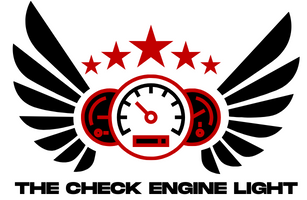

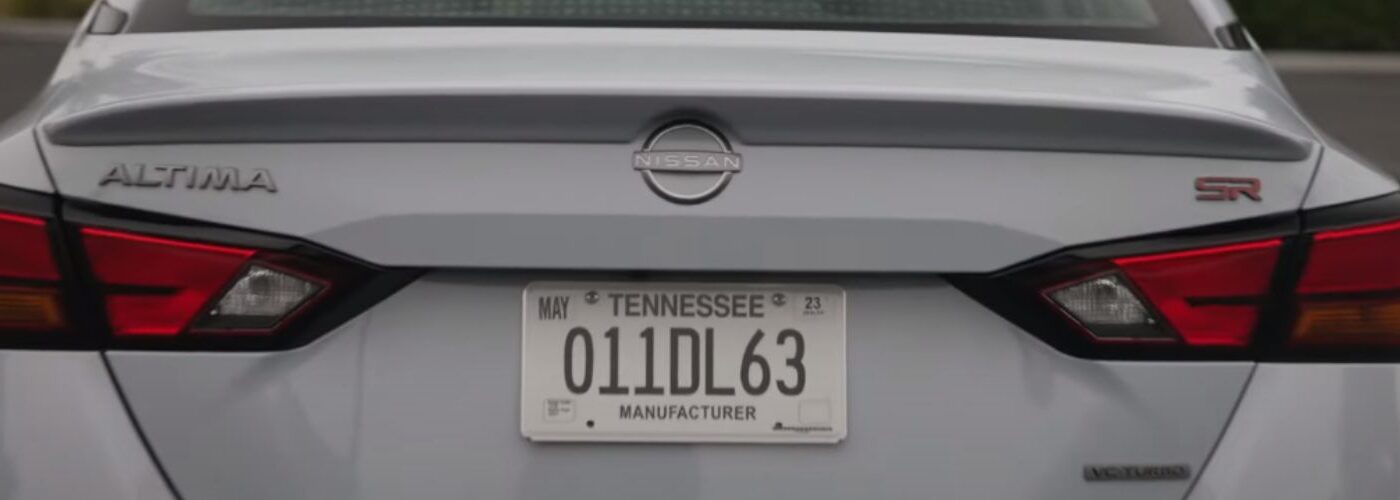
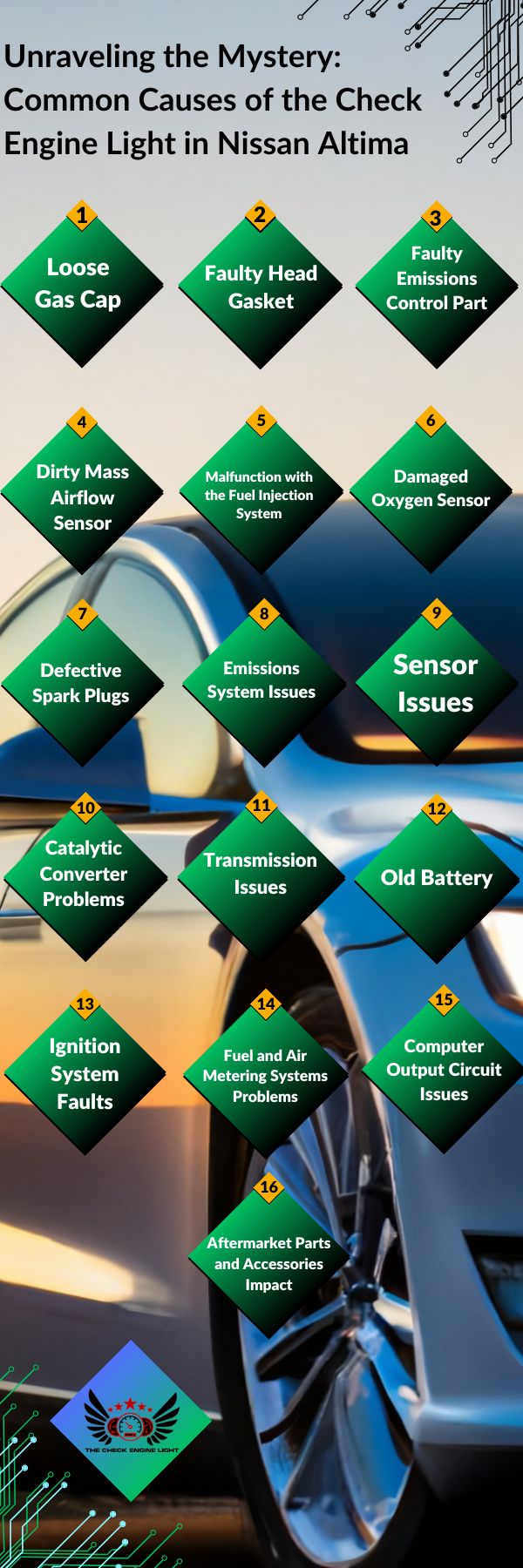
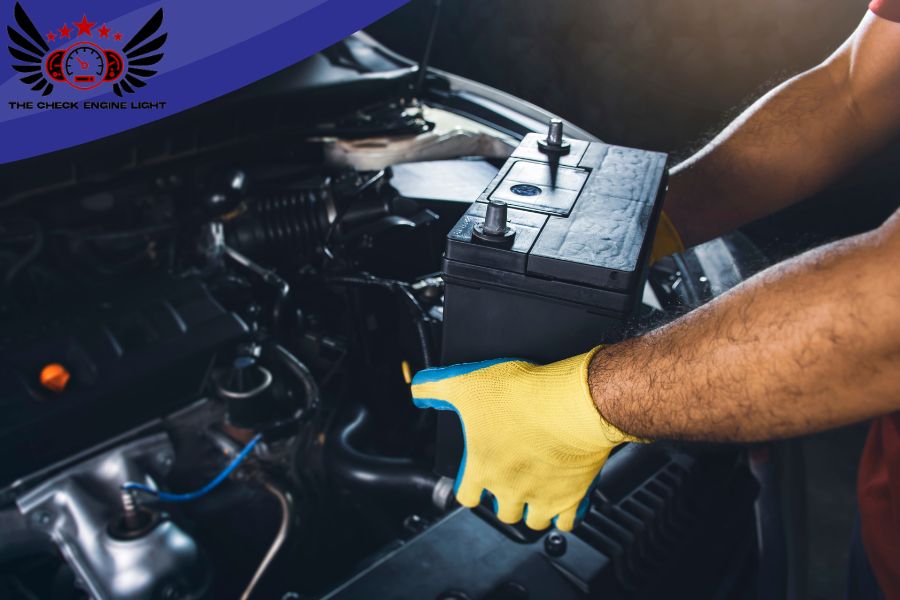
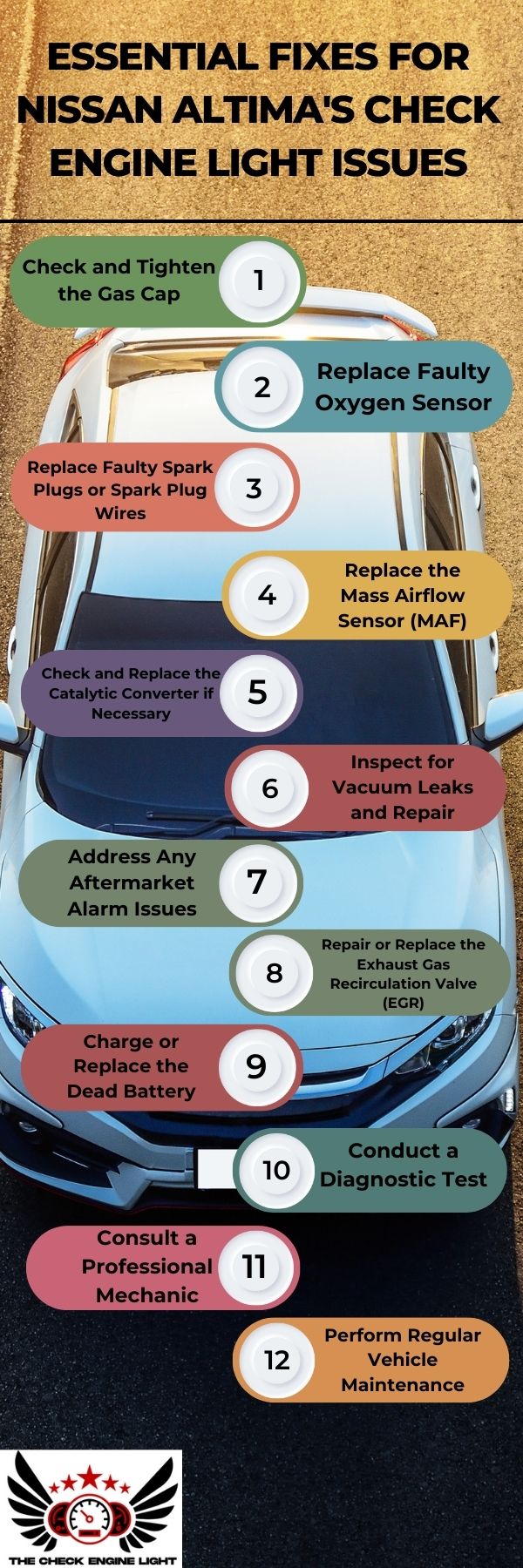
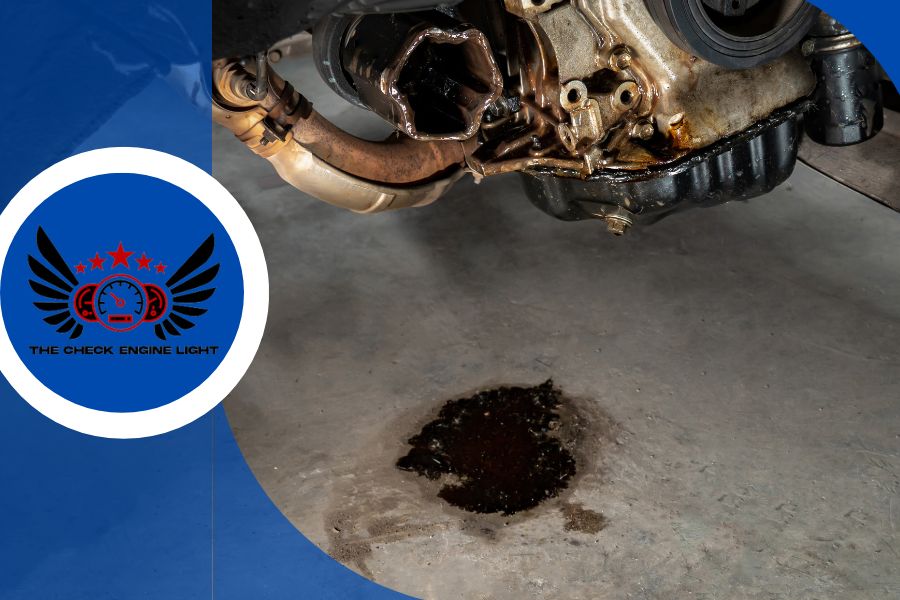
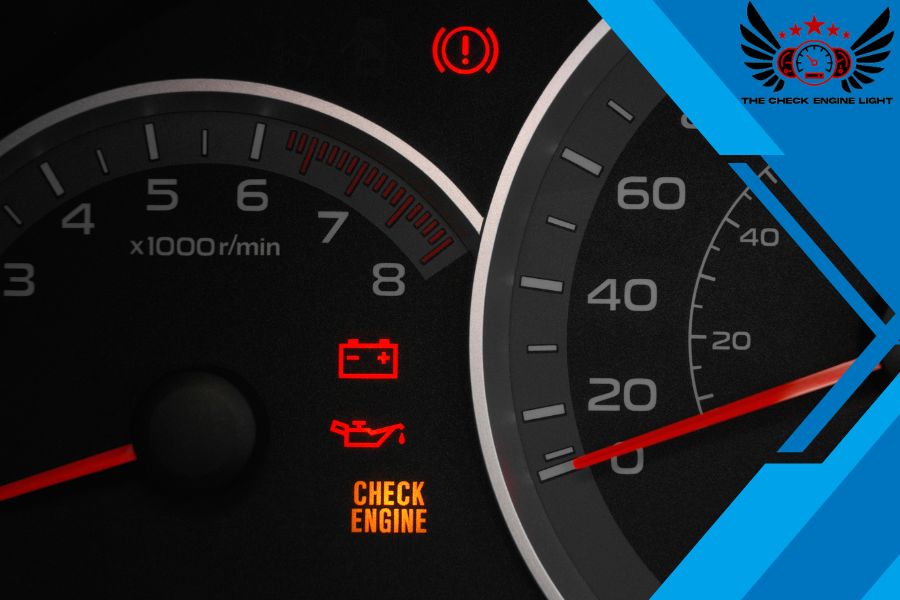
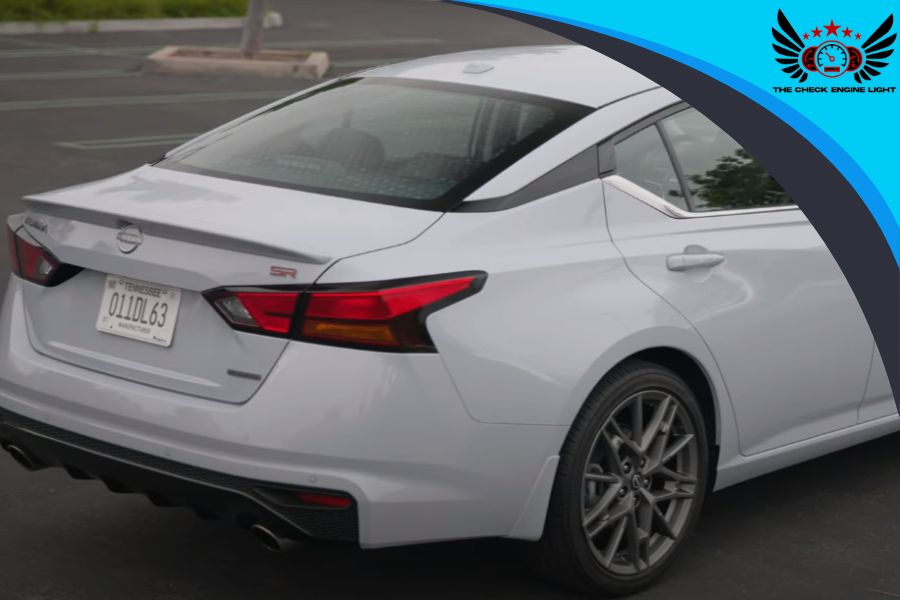
![an pic for Code p0420 Check Engine Light Fully Explained [2024]](https://thecheckenginelight.com/wp-content/uploads/2024/02/Code-p0420-Check-Engine-Light-Fully-Explained-2024-364x225.jpg)

![an featured image about Check Engine Light Jeep Grand Cherokee: 8 Causes + Fixes [2024]](https://thecheckenginelight.com/wp-content/uploads/2024/02/Check-Engine-Light-Jeep-Grand-Cherokee-8-Causes-Fixes-2024-364x225.jpg)